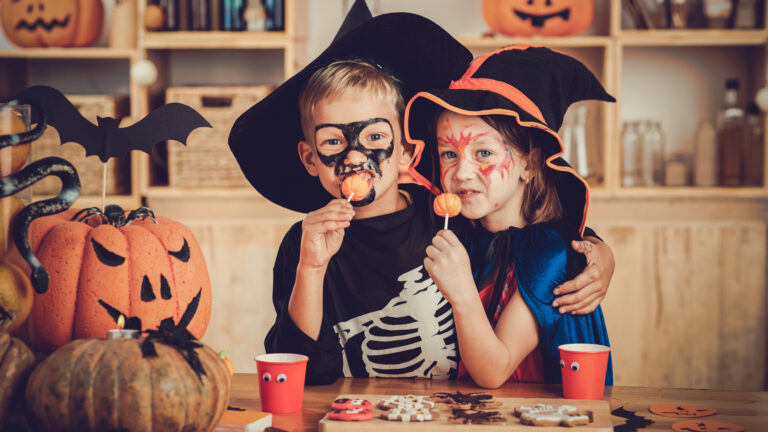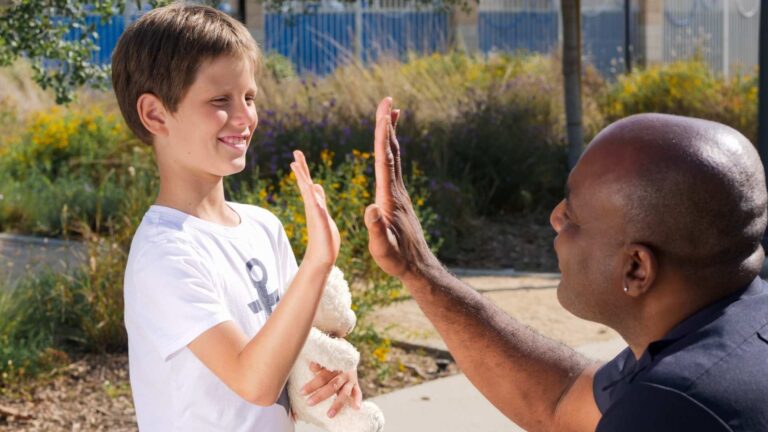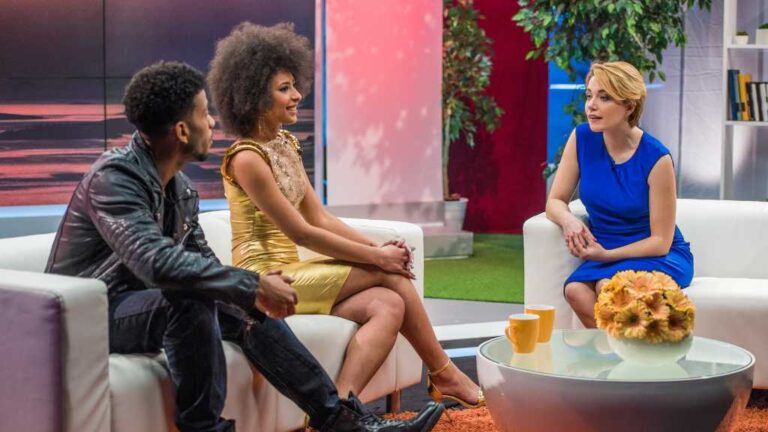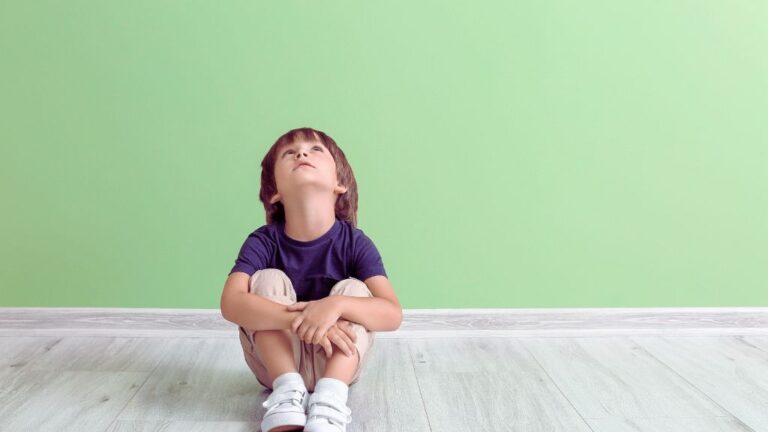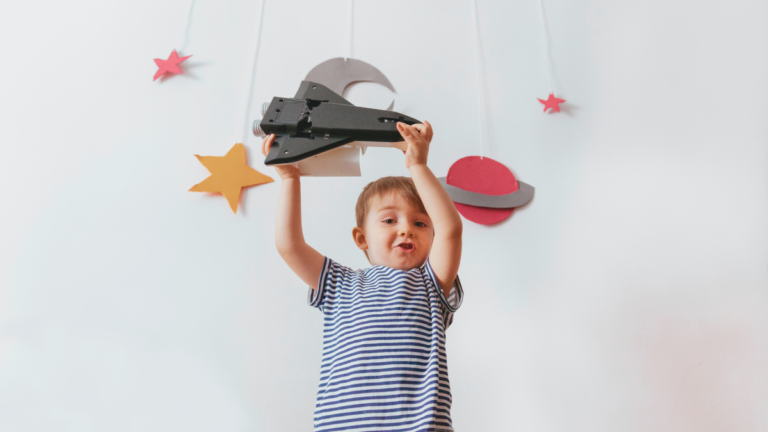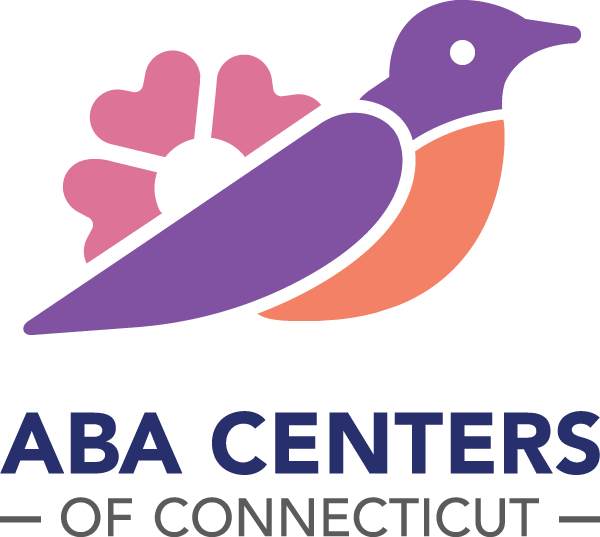Table of Contents
Do kids with autism like Halloween?
Halloween is full of sensory stimulation: costumes, lights, sounds, and the anticipation of the unknown. These factors, which for many can be exciting, can be overwhelming when it comes to autism and Halloween. While each child on the spectrum faces unique challenges and needs, they also have their preferences, likes, and dislikes. Many parents may wonder: Do children with autism like Halloween? When talking about autism and Halloween, it is paramount that parents and caregivers recognize their loved one’s needs and preferences so that they can apply the best strategies to fit their context.
Halloween can be one of the most exciting times of the year, but for many families with kids with autism spectrum disorder (ASD), it can be a challenge. We know how tricky it can be to find a balance between enjoying the season and ensuring that our children feel comfortable and safe. At ABA Centers of Connecticut, we are here to support families during this holiday season and offer services that promote the well-being of children with autism.
In this blog, we present seven strategies to help you prepare for an autism-friendly Halloween celebration. With appropriate planning and a few key strategies, your child can enjoy Halloween in a fun and stress-free way for the whole family.
Autism and Halloween: Understanding the Challenges
The intersection of autism and Halloween can present many challenges. Although it is a holiday season that many look forward to, not all people on the spectrum find it appealing. What are the challenges of autism and Halloween?
- Sensory Overload: Sensory sensitivities are a common feature of autism. Many children and adolescents with ASD experience susceptibility to lights, sounds, and textures. Public Halloween decorations can often be stressors and anxiety factors because of the sounds, lights, or scary appearance, leading to sensory overload. According to Autism Speaks, sensory overload occurs when an intense sensory stimulus overwhelms coping capacity. Sensory overload may manifest as intense anxiety, the need to escape the situation, or difficulty communicating.
- Disruptions in Routine: Halloween can bring unexpected changes in the routine of children with autism. Activities, events, parties, and trick-or-treating are some of the novelties that people may experience during Halloween. For children with autism, facing these unprepared changes can be upsetting and challenging. Research published in the National Library of Medicine asserts that individuals on the spectrum feel calm and secure in structured and predictable family environments. Changes and disruptions in routine can be stressful.
- Communication Difficulties: Children with ASD may have trouble expressing their needs or discomfort during Halloween, especially in new or stressful situations. Communication difficulties can lead to frustration or anxiety, triggering meltdowns and problem behaviors.
- Forced Social Interaction: Halloween involves many social interactions, such as trick-or-treating and attending events and gatherings. For children with autism, these interactions can be uncomfortable and stressful. Individuals on the spectrum can exhibit difficulties understanding social cues, and Halloween gatherings involve these types of interactions that can cause resistance or anxiety.
7 Essential Strategies for an Autism-Friendly Halloween
After understanding the difficulties between autism and Halloween, parents can implement strategies to ensure that the whole family enjoys the holiday:
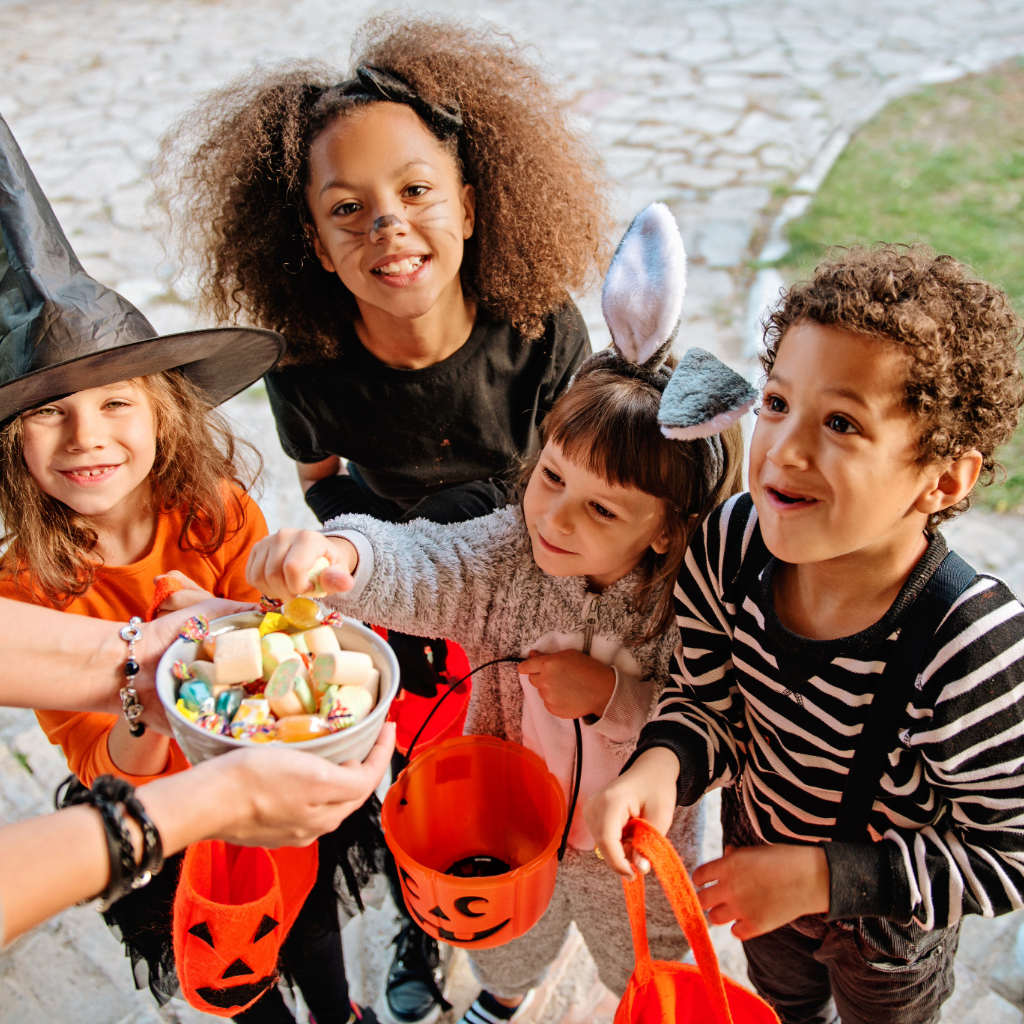
- Advance Preparation
Surprise changes can create anxiety, especially when it comes to unusual events like Halloween. Talk to your child about what to expect during the holiday. You can use social stories, which are visual tools that help children understand new situations. These stories can include pictures and descriptions of what the day will be like, allowing your child to become familiar with the idea of Halloween before it arrives.
- Choosing the Right Costume
For many children, costumes are the best part of Halloween. However, in the context of autism and Halloween, issues such as the texture of the clothing, the decorations, or even the materials used may be uncomfortable or intolerable. It is essential to involve your child in choosing a costume. Allow them to try different options and help them select something comfortable and noninvasive.
- Establish a Routine
Children with autism are often more confident and comfortable with an established routine. While Halloween can be a disruption to the usual routine, you can mitigate this by creating a Halloween itinerary. Set a clear schedule for activities, such as getting dressed, going trick-or-treating, or attending a party. Creating a routine ahead of time will help reduce anxiety and make the night more predictable.
- Create a Sensory-Friendly Environment
When it comes to autism and Halloween, sensory overload can be one of the biggest concerns for parents. Loud noises, bright lights, and large groups of people can be overwhelming for anyone, especially children with ASD. Consider planning alternative activities at home that are calmer and more controlled. You can organize a candy hunt at home or decorate a specific area where your child feels safe.
- ABA Therapy: A Key Support
ABA (Applied Behavioral Analysis) therapy is an invaluable tool for helping children with autism develop coping skills for new and potentially stressful situations. If your child is already in ABA therapy, their therapist can help you create personalized strategies for Halloween. If you are unfamiliar with ABA, we offer comprehensive guidance and services at ABA Centers of Connecticut that can make a big difference in your child’s life.
- Consider Alternative Communication
Some children with autism may have difficulty expressing what they feel or need, especially in high-pressure situations like Halloween. If your child uses an alternative communication device, make sure it is available and charged during the celebration. It’s also helpful to practice phrases or signals they may need to use during the night, such as “I want to go” or “I need a break.”
- Allow Flexibility
Halloween is fun, but not all children enjoy it in the same way. If you notice your child is feeling uncomfortable or overwhelmed, it’s okay to change plans. The most important thing is that they feel safe and happy. You can plan a quiet activity at home, such as a movie or game night, that allows your child to relax after a day full of excitement.
Prepare Your Child for the Holidays with ABA Therapy
Whether it’s sensory challenges, changes in routine, or difficulties in communication and interaction, ABA therapy can help significantly. At ABA Centers of Connecticut, we have the best therapists and professionals in the industry to work with your child one-on-one.
With ABA therapy, children and adolescents can learn essential behaviors, develop social and interaction skills, regulate their emotions and coping mechanisms, and more to help reduce challenging behaviors.
If you prepare correctly and with specialized support, your family can enjoy autism and Halloween with satisfaction and enjoyment. Call us at (844) 395-0448 or complete our online form to schedule a free consultation. Ensure an autism-friendly holiday with ABA Centers of Connecticut.

